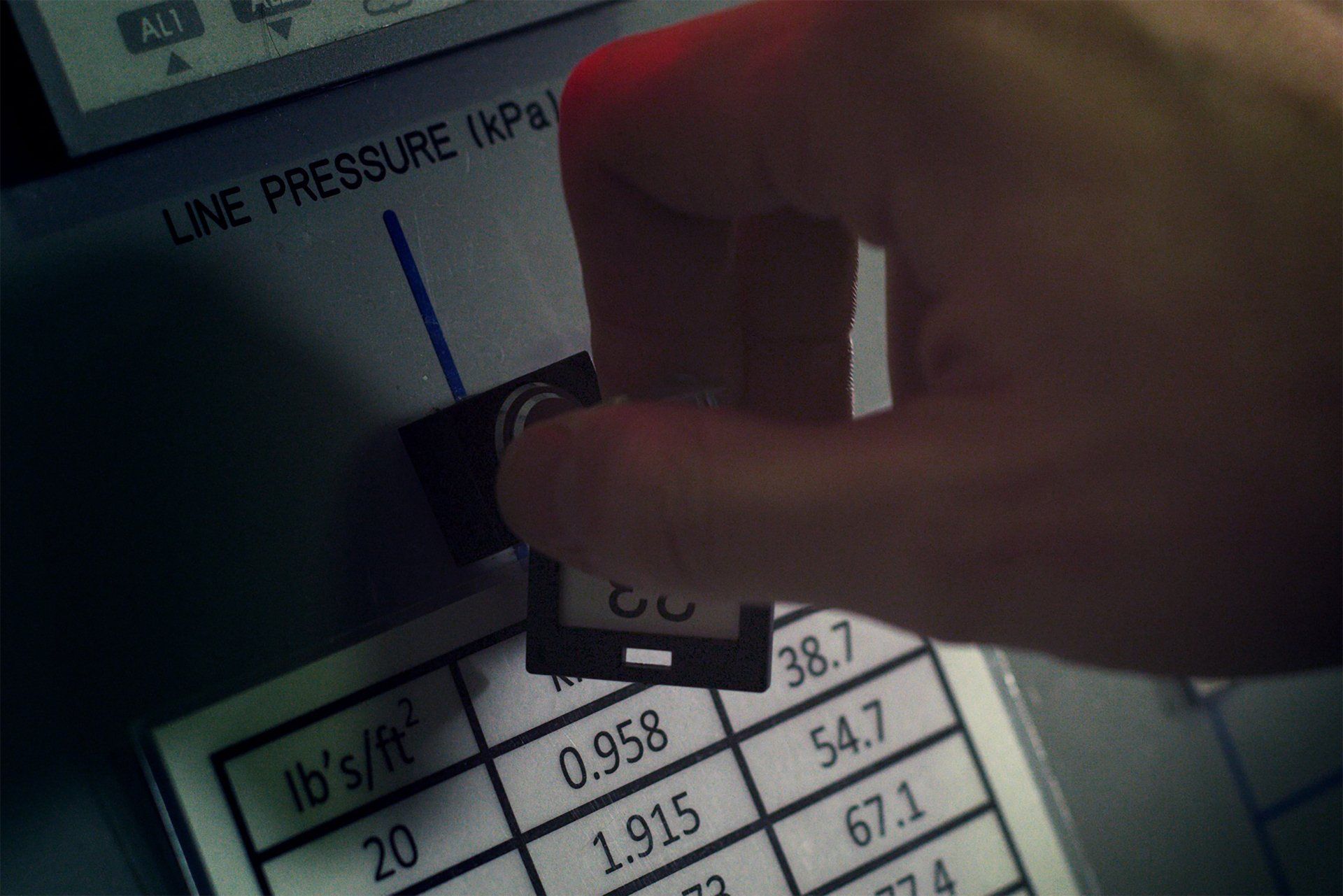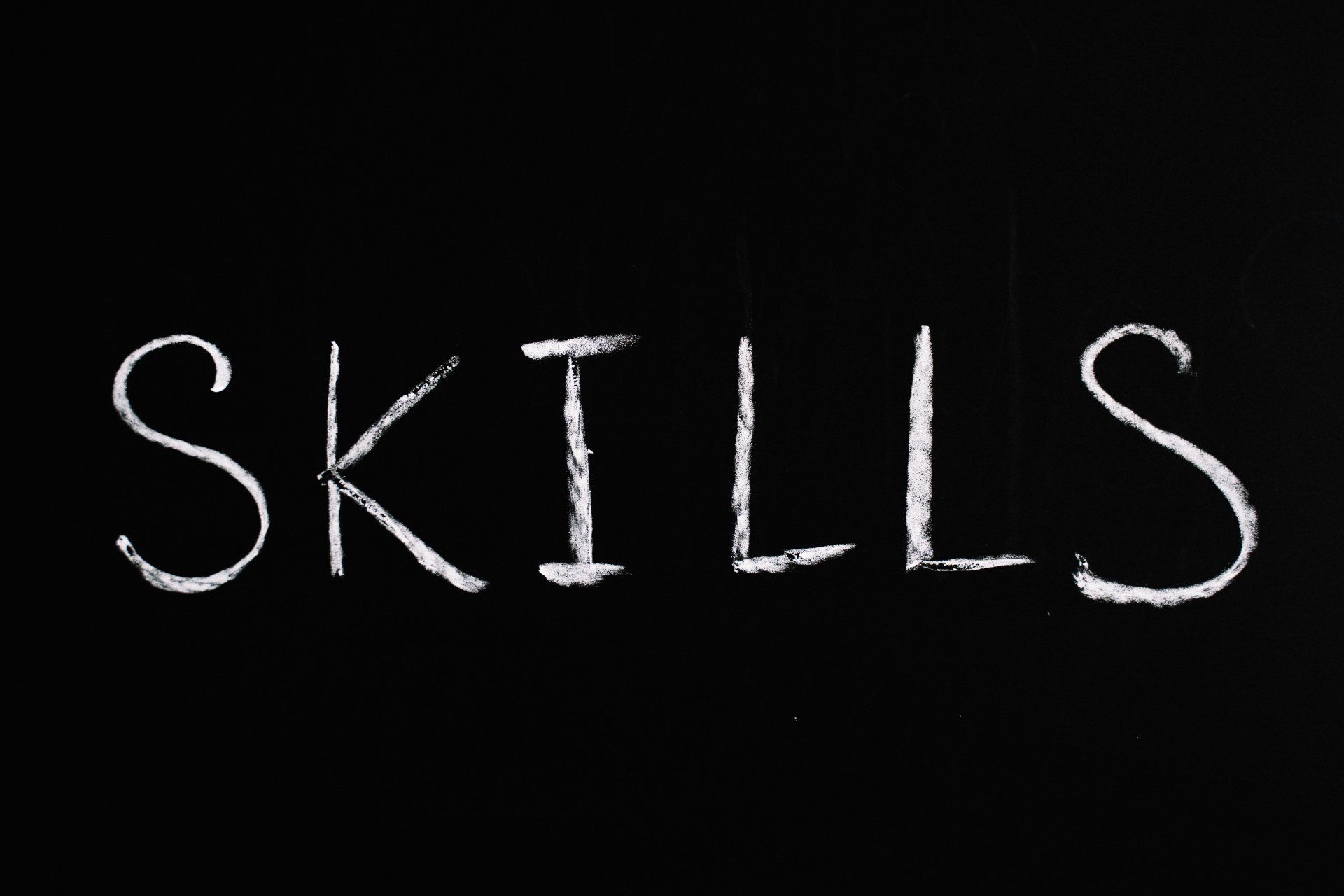MATRICS: 3 CRUCIAL MID-YEAR FACTS TO KEEP IN MIND
As Matric mid-year exams kick into high gear this week, it is important for students to get an eagle’s eye view of the significance and importance of these exams – to provide them with perspective regarding the assessment’s role in the greater scheme of their final year, as well as their prospects post-Matric, an education expert says.
“Matric students often tend to look at final NSC exams and think that is the big one on which all attention should be focused, but that is only part of the story,” says Nola Payne, Senior Head of Programme at The Independent Institute of Education, SA’s largest and most accredited private higher education provider.
“In fact, Matric mid-year exams have a unique significance in the big picture and should not be viewed as merely a trial run for final exams, because it plays its own medium to long term role – in various ways - in the outcomes and prospects for Grade 12,” Payne says.
She says the mid-year exams will be more demanding than any exams written before in one’s school career, and provide a good indication of what will be expected from students in their finals, while also providing valuable insights into how they should approach the rest of the year.
“The mid-year exams allow students to hone their skills as well as identify gaps in their knowledge and understanding,” says Payne.
She adds that in addition to serving as a dry-run for finals, students writing mid-year exams should also keep the following in mind:
1) YOUR MID-YEAR PERFORMANCE IS IMPORTANT
Mid-year marks are important primarily for two reasons: firstly, because they contribute to a student’s year mark and secondly, because they can use these marks to get provisional acceptance when they apply to a university.
This means learners must do as well as they possibly can in these exams, to hedge their bets should they face unexpected challenges later in the year. Learners who did well in Grade 11 can already use those marks to apply for higher education, but ultimately an institution will only give final admission based on final marks, and Matric mid-year exam marks contribute to these.
Performing well in your mid-years also gives you a confidence boost as you move into the final stretch of the year, because you can focus your effort where it is really needed, rather than having to keep working on parts of the curricula that you should already have mastered.
2) BUT… YOUR MID-YEAR PERFORMANCE IS NOT THE FINAL WORD ON YOUR PROSPECTS
Although a good mid-year performance is undoubtedly tremendously beneficial, not doing as well as you hoped does not signal the end of the road. It should be kept in mind that after the mid-years, you still have several months to throw everything at your studies and that with focus and a concerted effort, you can substantially improve your performance towards the end of the year.
In this respect, your mid-years will provide valuable insights for you to use when strategising the rest of the year. With the help of your teachers, tutors and school support systems, you can use your performance to develop a framework for the rest of the year to ensure that you address those areas you found challenging and which impacted negatively on your performance.
It might also be that your mid-years show definitively that your plans for next year might need some additional consideration. If, for instance, you wanted to do a qualification at an institution for which you are most definitely not going to qualify no matter how much time and effort you put in, you are now able to objectively consider your plans and devise a new strategy by researching your options and speaking to student support services at higher education institutions. This will allow you to take the pressure off yourself if your vision was not aligned with reality, and help you to find a path better suited to your unique skills and strengths.
3) YOUR MID-YEAR EXAM SIGNALS THAT YOUR STUDY APPLICATION DEADLINE IS TICKING
With the increased competition for tertiary study space, particularly for popular and respected institutions and qualifications, it is important that learners apply for higher education opportunities as soon as possible.
This might not seem like a priority when studying for your exams, but if you are serious about pursuing studies after school it must not be left for much longer.
Thousands of Matrics have already applied for higher education, and if you have not yet joined their ranks, you need to do so sooner rather than later. As the year progresses and the final exams start to loom, you will be even less inclined to spend time and energy on investigating your study options.
It is therefore ideal for those who have not yet done so, to use their June holidays to go visit higher education institutions – whether online or in person by appointment – to discuss various offerings and their related career paths. When doing so, remember that it is also important to ask institutions about their post-graduate support and work-integrated learning components in their curricula.
“This is a really exciting time in the educational journeys of students. Yes, it is challenging and the cause of much nervous excitement at times, but you are truly now putting the finishing touches on your school career as you prepare for the next part of your life and entering adulthood,” says Payne.
“As the saying goes, we need to be able to walk and chew gum at the same time, and this holds true for Matrics right now. You need to do your absolute best and focus right to the end during your mid-year exams, but at the same time you need to constantly review your strategy and adjust your path as necessary. You also need to consider how you are now walking towards your future, and put in place the building blocks to get there.”










